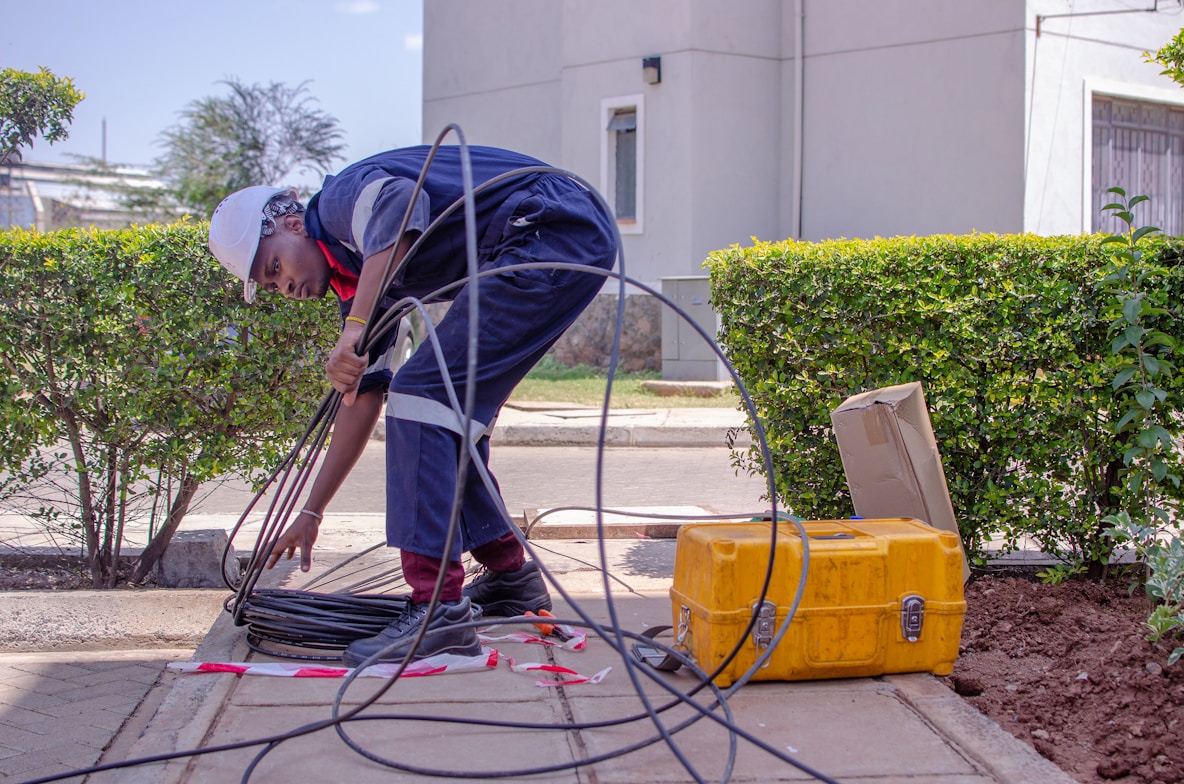
Every homeowner should have a basic understanding of their home’s switchboard — also known as the electrical panel or fuse box. This essential component is the central hub that controls and distributes electricity throughout your house. Whether you’re dealing with a power outage, planning maintenance, or just want to stay safe, knowing your switchboard can make a big difference.
The switchboard is a metal box usually mounted on a wall in a utility room, basement, garage, or hallway. Inside, it houses circuit breakers or fuses that control different electrical circuits in your home. It also includes a main switch, which can cut off power to the entire house. Understanding how this box works is vital for both safety and convenience.
In emergencies, such as electrical faults or a fire risk, knowing how to shut off power quickly can prevent further damage and even save lives. If an appliance trips a breaker, you can restore power by resetting it instead of waiting for professional help. It also helps when performing safe DIY work like changing a light fitting or installing a new appliance — you’ll need to know which breaker controls which area.
If you notice burning smells, hot switches, buzzing sounds, or frequent tripping, don’t attempt to fix the issue yourself. These could be signs of serious electrical faults that need expert attention. Additionally, if your home still uses old ceramic fuses instead of modern circuit breakers, consider upgrading your switchboard for better safety and efficiency.
Being familiar with your home’s switchboard is not just about convenience — it’s about safety and preparedness. It empowers you to act quickly in emergencies, perform basic electrical checks, and understand the flow of electricity in your home. Take a few minutes to inspect your switchboard today, label the circuits, and ensure it’s in good working condition. A little knowledge can go a long way toward protecting your home and your family.
